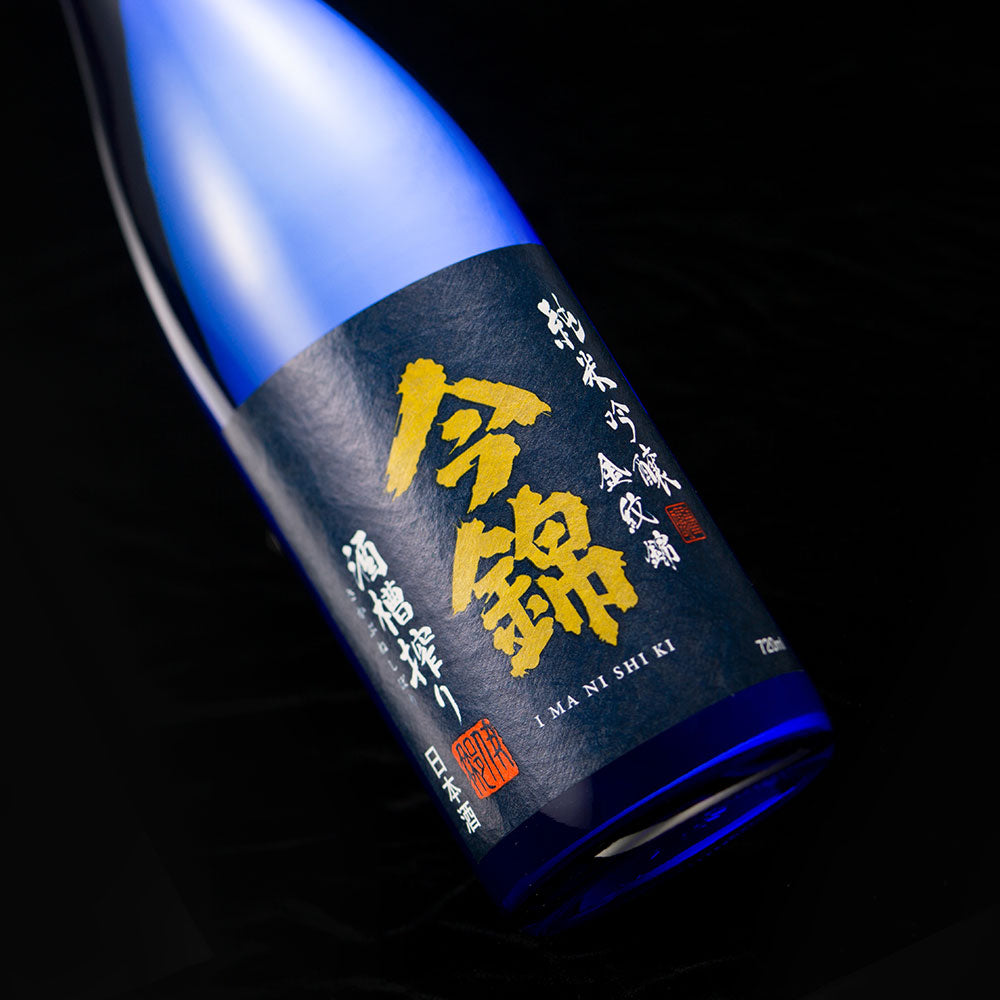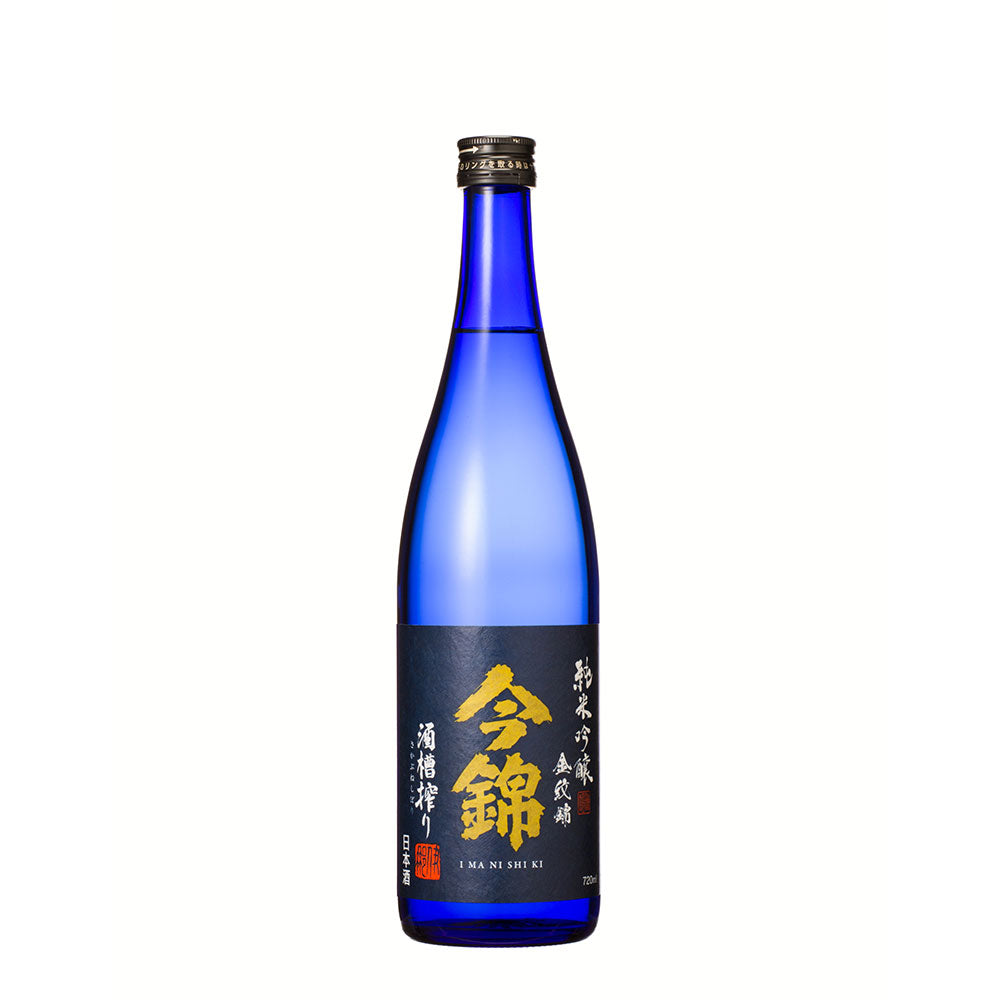-
 >
>
- Product list >
- Imanishiki Kinmonnishiki Junmai-ginjo undiluted (720ml)
Imanishiki Kinmonnishiki Junmai-ginjo undiluted (720ml)
詳しく見る
- *All prices shown are the product prices from the Japanpage:.
- *Product price can be shown in multiple currencies as reference values.
- *Payment should be made in Japanese yen.
- *After filling in delivery address, grand total (product price + shipping cost (packing + shipping + insurance) +tariffs & taxes) will be shown on the shipping cart page.
- *All prices shown are the product prices from the Japanpage:.
- *Product price can be shown in multiple currencies as reference values.
- *Payment should be made in Japanese yen.
- *After filling in delivery address, grand total (product price + shipping cost (packing + shipping + insurance) +tariffs & taxes) will be shown on the shipping cart page.
Awards
Kura Master 2019 Junmai Division Platinum
International Wine Challenge (IWC)2018 Junmai Ginjo Division Bronze
Sake Selection 2018 Junmai Ginjo Division Bronze
Made with only "Kinmonnishiki", a brewing rice grown only in Nagano Prefecture, ground down to 55% of its original size and paired with the high quality spring water of Minami Alps and Nagano yeast. This Junmai Ginjo is called "Imanishiki Kinmonnishiki Junmai-ginjo, undiluted". Kinmonnishiki is a rare variety known as phantom rice for its scarcity, and it has a distinctive aroma and savory flavor. Using carefully-selected local Nagano Prefecture ingredients, this sake is brewed using the traditional "Sakafuneshibori" method, a time-consuming process consisting of carefully lining up sake-making bags in sake casks and slowly and gently applying pressure to squeeze of the liquid. The junmai ginjo brewed in this way has a distinctive full-bodied flavor from the Kinmonnishiki, featuring complex savory notes which spread throughout your mouth before coming together. At the "Kura Master" Japanese sake competition, the top global authority on this spirit, this was one of just 34 brands were selected for the platinum award (the highest award) in the Junmai category out of 720 total in the 2019 contest. This product has also received numerous other international awards, and its high quality as a Junmai Ginjo has been globally recognized as top level.
Pairing food proposed from Vendor
Meat dishes, foods made with cheese and cream
About "Imanishiki"
The name "Imanishiki" comes from an ancestor of the sake brewer, who was an amateur sumo wrestling Yokozuna (Grand Champion) and used it as his wrestling stage name. This sake is brewed using traditional "Sakafuneshibori" combined with the latest technology using local sake rice grown on land blessed with the natural environment and good quality spring water of the Southern Alps.
Recommended temperature
- Atsukan (50 - 55℃)
- Jokan (45 - 50℃)
- Nurukan (30 - 40℃)
- Room temperature (15 - 20℃)
- Hanabie (10℃)
- Yukibie (5℃)
Type


Tag
Appearance
-
Clarity
Transparency
Hazy
-
Colour
Colorless
Dark brown
-
Intensity
Water
Deep
Nose characteristics
-
Intensity
Low
Strong
Taste characteristics
-
Light / Body
Light
Body
-
Sweet / Dry
Sweet
Dry
-
Simple / Complexity
Simple
Complexity
-
Acidity
Low
High
-
Umami
Low
High
-
Finish
Low finish
Long finish
Aroma and flavor
Apple
Detailed information
| Volume | 720ml |
|---|---|
| Size (L W H) | 7.0 x 7.0 x 30.0 cm |
| Weight | 1.2kg |
| Ingredients | Rice, Rice koji, Water |
| Region | Nagano |
| Alcohol content | 16%vol. |
|
Sake Meter Value
|
+1 |
|
Acid level
|
+1.1 |
|
Polishing ratio
|
55% |









